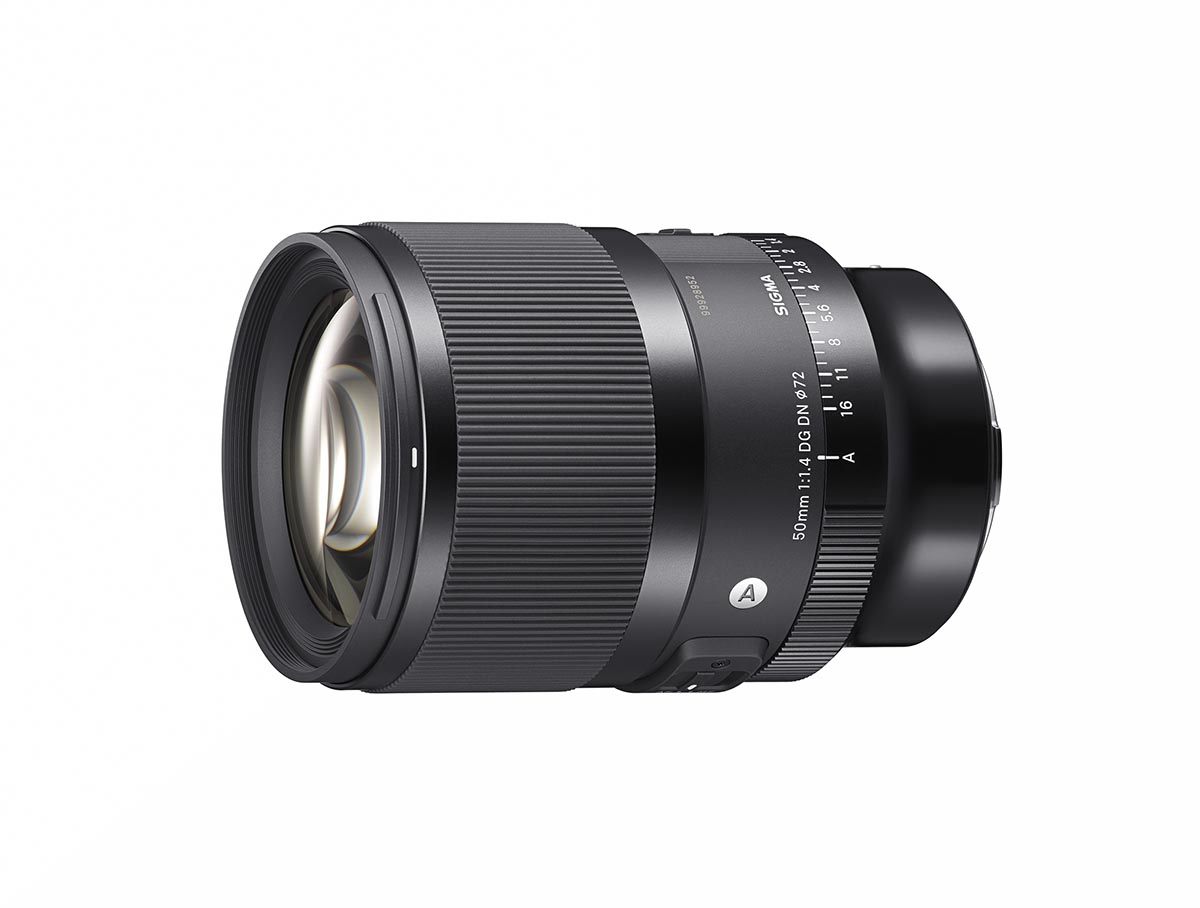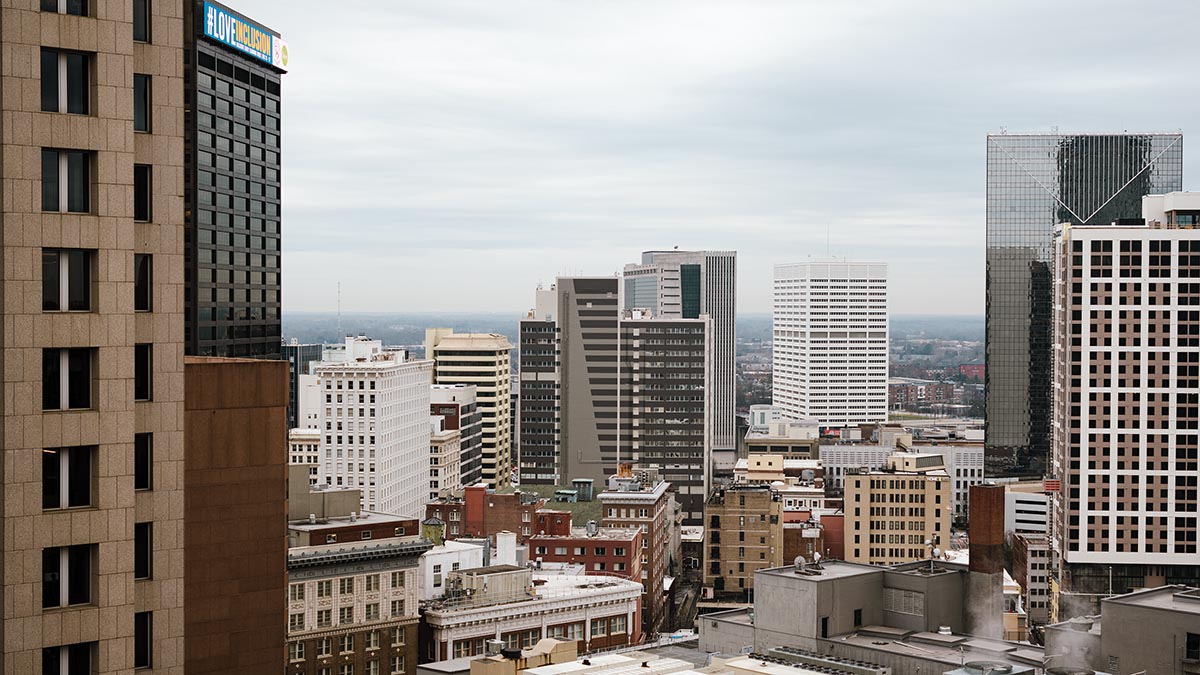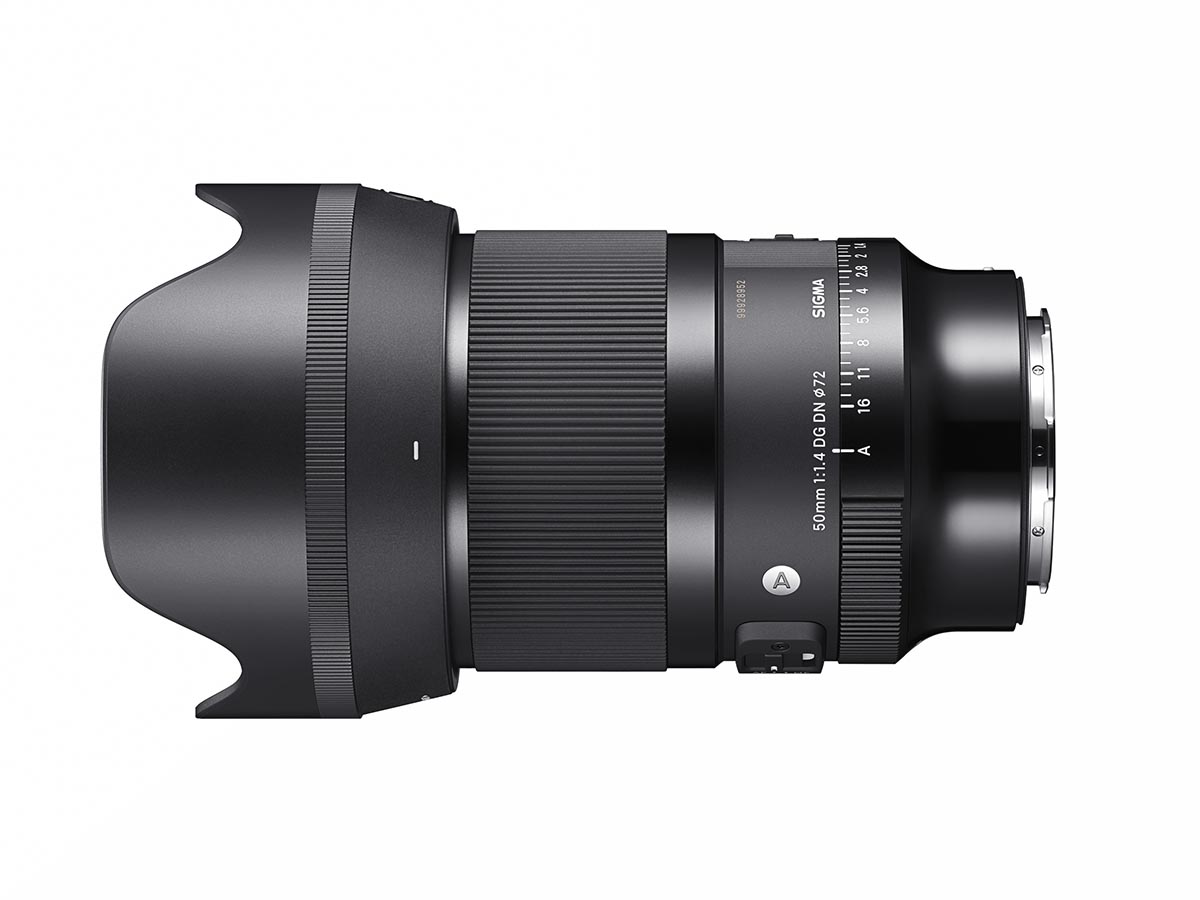The 50mm lens has a reputation as a street photographer’s tool. It’s wide enough to capture architecture with little distortion, long enough to achieve pleasing portraits. Its focal length creates images of the world similar to how humans see it, giving the user a natural transition from seeing what they want to capture to raising the camera and getting it. The Sigma 50mm F1.4 DG DN Art lens delivers beautiful images with stunning resolution, as you would expect from Sigma’s line of top-quality Art F1.4 lenses.
The Sigma F1.4 DG DN Art lens lineup now includes 20mm, 24mm, 35mm, 50mm, and 85mm primes. Each features an aperture ring click switch, aperture lock switch, and a hood with a lock button, which is a detail I loved. There’s a satisfying reassurance that comes with feeling the click of the lock and knowing the hood is properly seated and won’t come off unless it’s unlocked and released.

The F1.4 DG DN Art primes are designed for full-frame mirrorless cameras with the high-quality construction and design expected of a professional-level lens. This includes dust- and splash-resistant structure and special sealing at the mount connection as well as aperture and focus rings. The Sigma 50mm F1.4 DG DN Art has a completely new design optimized for mirrorless cameras to reap the advantages of the short flange distance—the span between the lens mount and the sensor—of mirrorless systems.
For this review I used the L-mount version of the 50mm F1.4 DG DN Art lens on a Sigma fp L camera with a 61-megapixel back-illuminated Bayer CMOS sensor. The minimum aperture is f/16, and the minimum focusing distance is 45mm, or 17.8 inches. For a bit of comparison, the 35mm F1.4 DG DN Art lens’ minimum focusing distance is 11.8 inches, and the 85mm F1.4 DG DN Art is 33.5 inches. It takes a 72mm filter. The lens measures 3.1x4.3 inches and weighs 23.6 ounces. It’s not the lightweight, slip-into-a-coat-pocket type of 50mm. For high-performance optics, though, it could be considered compact. The Sony E-mount version has similar weight and size specs. With the large camera grip accessory and an EVF-11 electronic viewfinder attached to the Sigma fp L and the lens hood mounted on the 50mm, the weight balance point was at the juncture between the lens mount and the aperture ring. This gave it a nice balance for handholding.

The 50mm focal length worked great for this portrait. With the subjects in open shade, the exposure is 1/400 second at f/4, ISO 250 and EV -1.3. Adobe Camera Raw was used for automasking on the DNG file to correct overexposure where the sun hit the house.
The lens construction is 14 elements in 11 groups, with three aspherical lenses and one SLD (special low dispersion) glass element. There’s a water- and oil-repellent coating on the front element. The lens design suppresses aberrations such as astigmatism and field curvature. For star and night photography, sagittal coma flare has been minimized to produce rounded rather than distorted pinpoint light captures. The 11 rounded aperture blades render the bokeh beautifully, creating soft circles for out-of-focus light points.
The Sigma 50mm F1.4 DG DN Art lens is the first in the DG DN Art line to incorporate the HLA (high-response linear actuator) linear motor. The HLA autofocus driver was first introduced with the Sigma 60-600mm DG DN OS Sports lens. In video capture tests, the autofocus changes weren’t audible. Autofocus changes are smooth and silent with no jerking adjustments. The focus system uses movable internal lens elements to adjust focus without changing the length of the lens barrel. On L-mount lenses, the focus ring can be assigned to linear or non-linear during manual focusing. With non-linear focus, quickly turning the focus ring changes the focus amount more than moving it slowly even if the rotation range is the same. Though not designed for sports action, it delivers high-speed autofocus and is well suited for movie shooting.

This overview of downtown Atlanta shows clean vertical lines throughout and edge-to-edge sharpness. Exposure: 1/200 second at f/2.5, ISO 100.
If you prefer to set your aperture with the camera, set the aperture ring to A and engage the ring lock on the right side of the lens to prevent the ring from moving. If you prefer using the aperture ring to adjust the f/stop, disengage the lock.
This lens was a pleasure to use and consistently captured gorgeous images in a wide range of light conditions and subject matter. Though I wished for a shorter minimum focusing distance, that’s what macro lenses are for. I was pleased with the linear integrity in the architecture of the cityscape images I captured. Family portraits turned out lovely. I took advantage of some of the Sigma fp L features to bump up contrast and captured a timelapse of storm clouds over downtown skyscrapers. The focal length was perfect for rail yard compositions, and the bokeh was gorgeous for pet photography.

The Sigma 50mm F1.4 DG DN captured this rail yard composition just as I saw it. Post-production adjustments added clarity and pulled in detail from the sky. Exposure: 1/100 second atf/11, ISO 250 and EV-1.
I pushed the lens with some high-contrast situations to see if aberrations such as purple fringing would occur. I saw it with only one image in which I set the aperture wide open at f/1.4 and centered the sun behind a telephone pole, creating extreme contrast against a blown-out sky. At the same aperture, when I captured branches against a light blue sky, there was zero fringing.
Priced at $849, the Sigma 50mm F1.4 DG DN Art lens delivers professional quality and a ton of versatility at a reasonable price.
Joan Sherwood is a senior editor.


